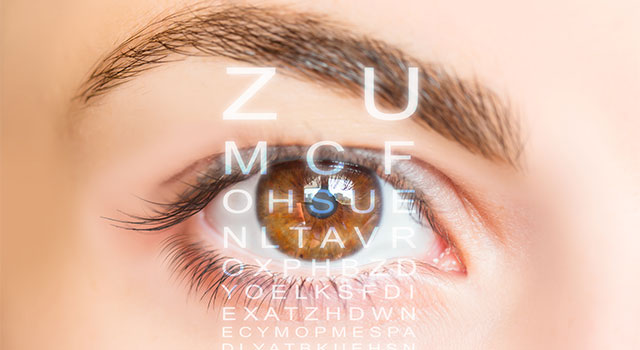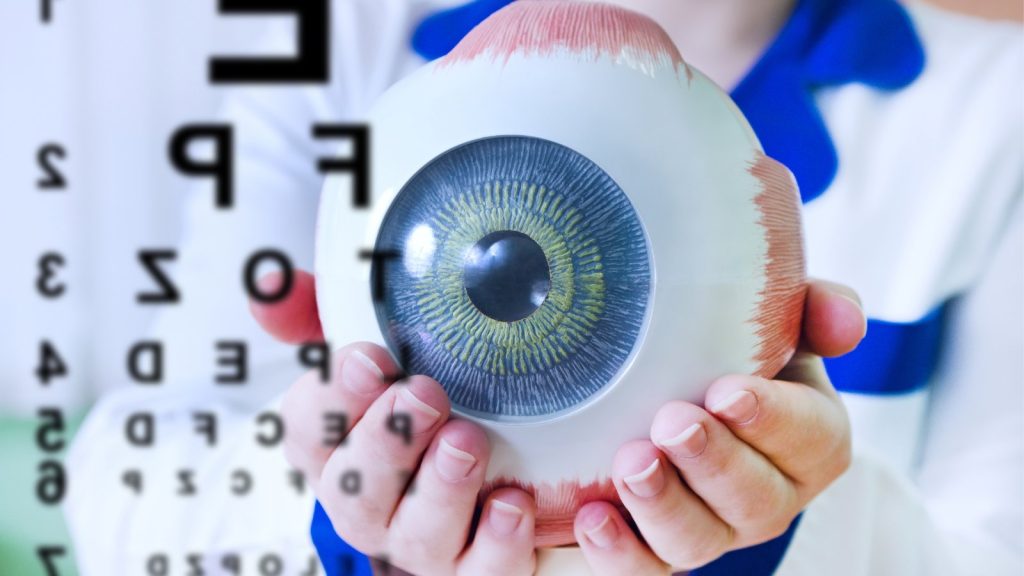Refractive Surgeries in AL: Improve Your Vision with Specialist Treatment
Refractive Surgeries in AL: Improve Your Vision with Specialist Treatment
Blog Article
The Function of Advanced Diagnostic Equipment in Identifying Eye Disorders
In the world of ophthalmology, the usage of innovative diagnostic devices has actually changed the early identification and management of numerous eye disorders. As the demand for specific and prompt diagnoses proceeds to expand, the assimilation of advanced tools like optical coherence tomography and aesthetic field screening has actually become vital in the world of eye treatment.
Importance of Early Diagnosis
Early diagnosis plays an essential function in the reliable management and therapy of eye conditions. Timely recognition of eye problems is critical as it permits punctual treatment, potentially stopping further progression of the illness and reducing lasting difficulties. By finding eye disorders at an onset, healthcare companies can use appropriate treatment plans customized to the specific condition, eventually bring about better end results for clients. Furthermore, early medical diagnosis allows people to access essential assistance services and resources quicker, boosting their general lifestyle.

Modern Technology for Finding Glaucoma
Advanced analysis technologies play a critical role in the very early discovery and monitoring of glaucoma, a leading cause of irreversible loss of sight worldwide. An additional advanced tool is aesthetic area testing, which maps the sensitivity of an individual's aesthetic area, aiding to spot any locations of vision loss characteristic of glaucoma. These advanced diagnostic devices make it possible for ophthalmologists to diagnose glaucoma in its early stages, allowing for timely intervention and better management of the illness to prevent vision loss.
Duty of Optical Coherence Tomography

OCT's capability to measure retinal nerve fiber layer density enables specific and unbiased measurements, assisting in the early detection of glaucoma even before aesthetic area issues become noticeable. In addition, OCT technology allows longitudinal surveillance of architectural adjustments with time, facilitating customized treatment plans and prompt interventions to aid maintain patients' vision. The non-invasive nature of OCT imaging likewise makes it a preferred selection for checking glaucoma development, as it can be repeated routinely without causing discomfort to the patient. Generally, OCT plays an important role in boosting the diagnostic precision and management of glaucoma, eventually adding to much better end results for individuals in jeopardy of vision loss.
Enhancing Diagnosis With Visual Field Testing
An important element in comprehensive ophthalmic evaluations, visual area screening plays a crucial function in improving the diagnostic process for numerous eye problems. By evaluating the full extent of a patient's visual field, this examination gives crucial details concerning the practical integrity of the whole aesthetic pathway, from the retina to the visual cortex.
Visual area testing is particularly valuable in the diagnosis and monitoring of conditions such as glaucoma, optic nerve conditions, and various neurological conditions that can impact vision. Via quantitative measurements of outer and central vision, clinicians can detect refined adjustments that may suggest the presence or progression of these problems, also before recognizable symptoms take place.
Additionally, aesthetic area testing permits the surveillance of treatment efficacy, helping eye doctors tailor healing treatments to specific patients. eyecare near me. By tracking changes in visual field performance gradually, doctor can make educated decisions regarding readjusting medications, recommending surgical interventions, or executing other suitable procedures to protect or enhance a person's aesthetic feature
Taking Care Of Macular Deterioration

Verdict
In verdict, advanced analysis devices play an important role in identifying eye problems early on. Technologies such as Optical Coherence Tomography and visual area testing have actually substantially enhanced the accuracy and performance of detecting conditions like glaucoma and macular degeneration.
Report this page